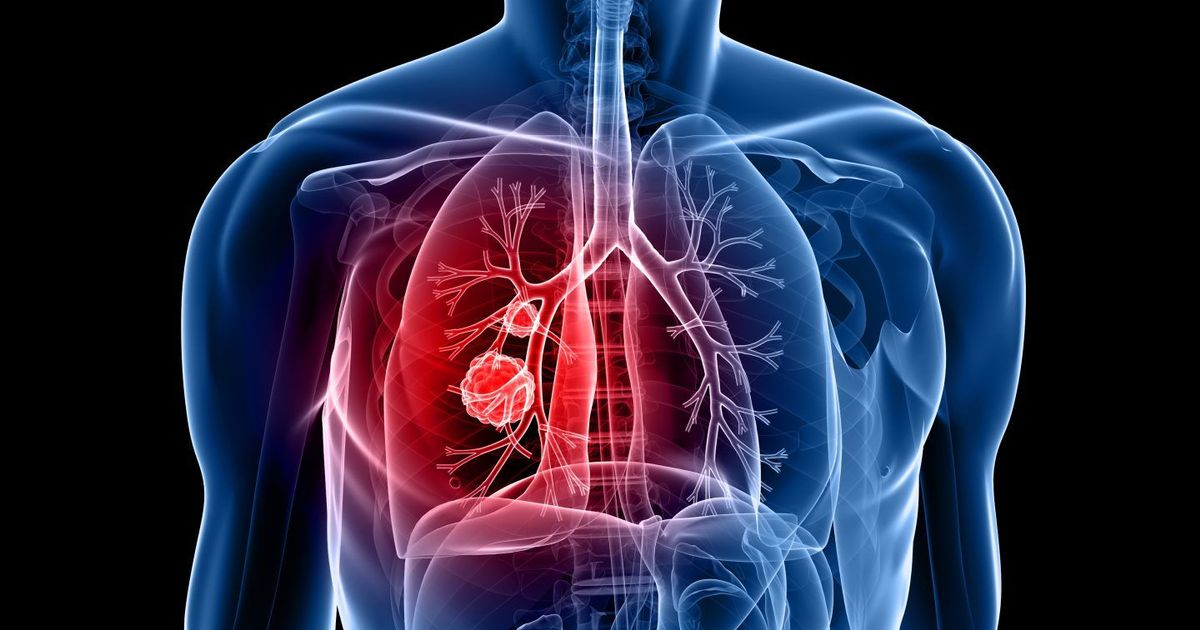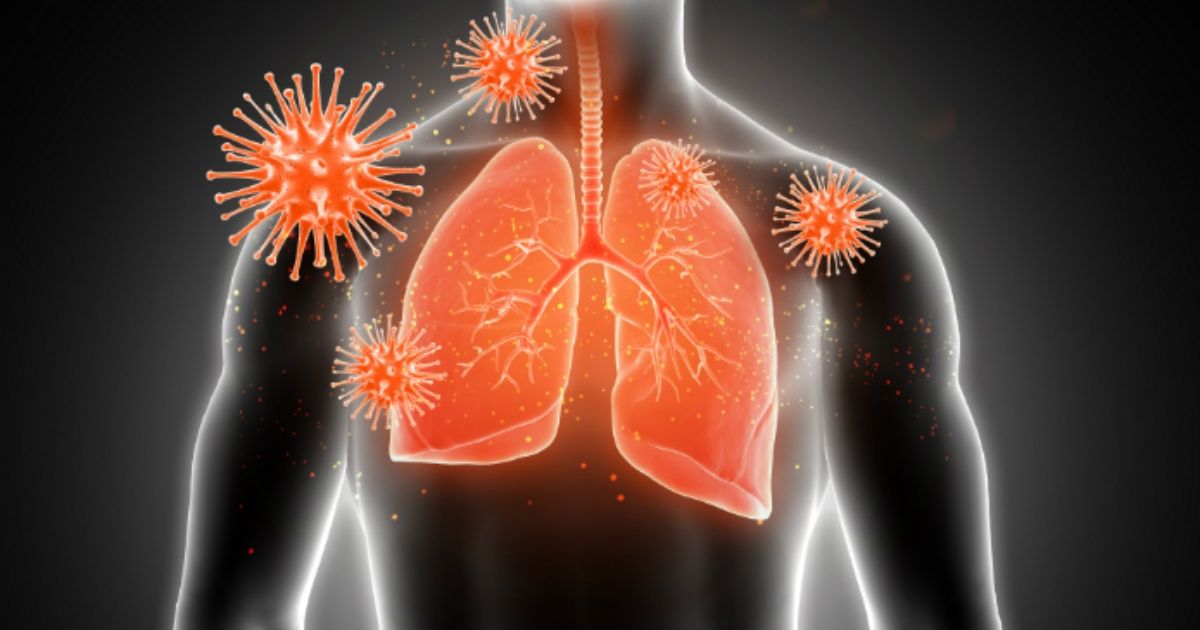Types Of Restrictive Lung Diseases
Idiopathic Pulmonary Fibrosis
Idiopathic pulmonary fibrosis is a lung disease that leads to the development of scarring in the lungs. Normal inhalation causes oxygen to enter into the body through small air sacs before being delivered to the bloodstream. Once it does so, the oxygen will travel to other organs throughout the body. However, the scar tissue that occurs with this disease can create problems with the normal flow of oxygen. The scar tissue is usually thick, which tends to slow down the flow rate of oxygen from the lungs, which means the patient's body won't operate properly. When individuals suffer from this condition, they'll likely find it difficult to breathe because of the combination of scar tissue and lower oxygen levels. There is no current cure for idiopathic pulmonary fibrosis and no method for minimizing the symptoms experienced. However, certain treatment methods can be used to lessen the damage caused to the lungs. The rate at which this disease progresses differs with everyone. Some patients will notice their symptoms worsening rapidly. On the other hand, it's possible to live more than ten years after the initial diagnosis.
Get the details on another type of restrictive lung disease now.
Lung Cancers

Lung cancers are serious conditions that cause the cells in the lungs to divide at an uncontrollable rate. When these cells divide, tumors will grow and reduce a patient's ability to breathe properly. As with most cancers, early detection can greatly increase a patient's chances of effectively treating it. However, the symptoms associated with lung cancer often appear similar to the symptoms attributed to a respiratory infection, which can make early detection difficult. While it's possible for anyone to develop cancer in the lungs, high amounts of exposure to smoke as well as cigarette smoking will substantially increase the likelihood individuals develop lung cancer. Some of the first symptoms patients may notice with lung cancer include unexplained weight loss, chest infections, appetite loss, and shortness of breath. There are four stages of lung cancer, labeled as I, II, III, and IV. The fourth stage is the most severe and occurs when the cancer has spread to other areas of the body.
Learn more about restrictive lung disease types now.
